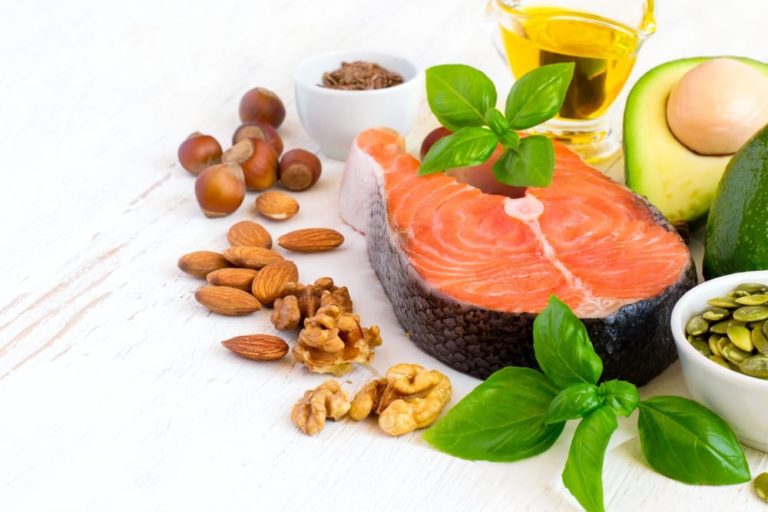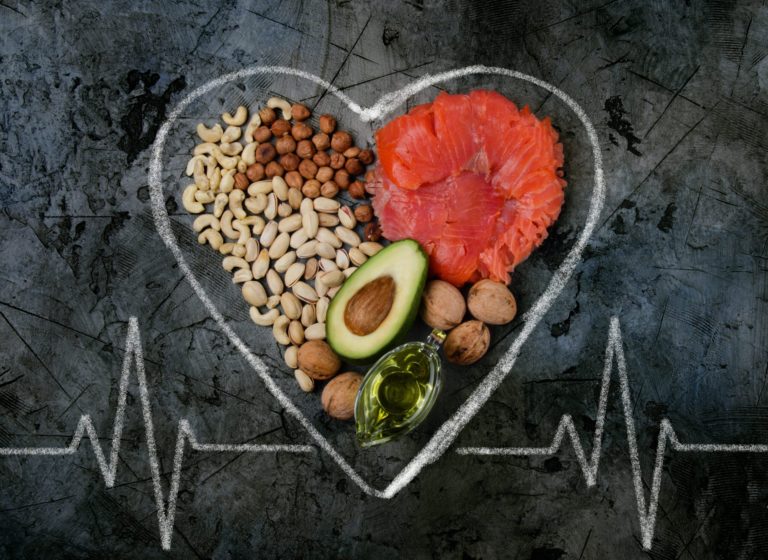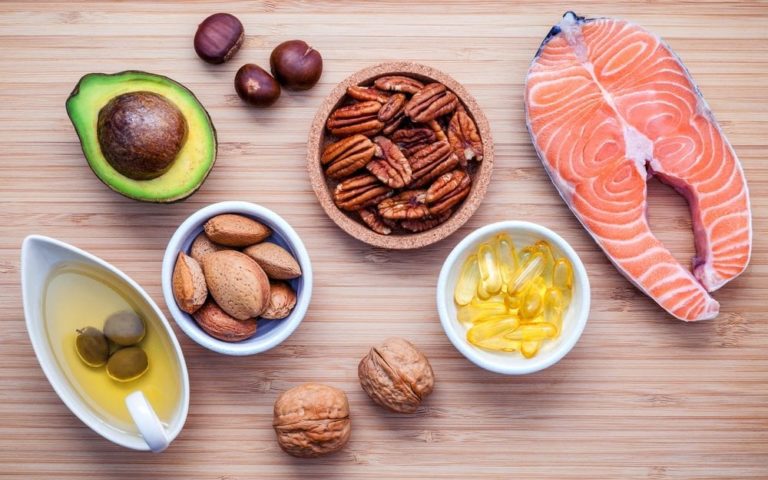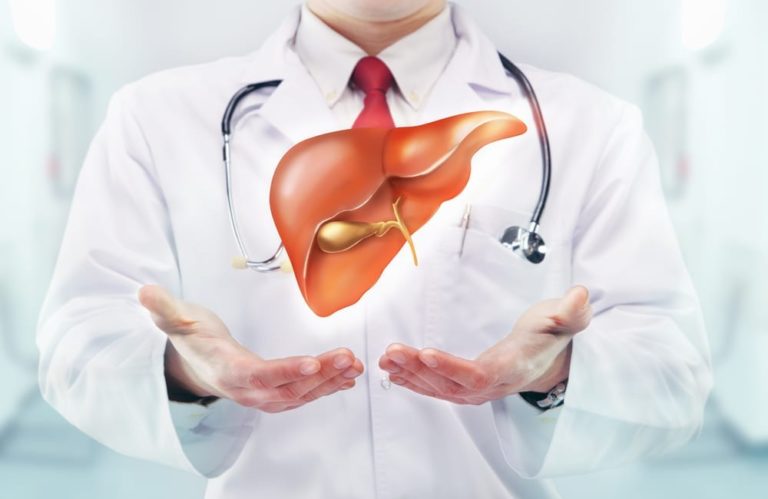Far too often, people rant about the “evil cholesterol.” But do you actually know what cholesterol is used for in the body?
Cholesterol as a basis – The daily bite of knowledge

Cholesterol does not float around uselessly in our bodies, but has crucial functions there:
- Cholesterol is part of cell membranes and contributes to their stability.
- Cholesterol is the starting material for the formation of bile acids. They are important for a functioning fat digestion.
- Cholesterol is the starting material for the formation of vitamin D in the skin.
In addition, cholesterol is a precursor of steroid hormones. These include:
- Cortisol from the adrenal cortex. A hormone that influences carbohydrate, fat and protein metabolism, among other things.
- Testosterone, which performs important functions in both women and men. Among other things, it affects growth, sperm formation and has an influence on the psyche in both sexes – for example, on self-confidence and the “love of life”.
- Estrogens and progestins that regulate the female cycle and pregnancy.
Always stay up to date with our Newsletter.
The daily bite of knowledge
This new section is intended to provide a brief look at topics in nutrition science. Today’s bite is meant to show that cholesterol is much more than something that just “is in the food” or “somehow does harm.” We’ll have to talk about the impact of dietary cholesterol on cholesterol levels and all the lipoproteins – HDL, VLDL, IDL, LDL – another time.
Similar posts by Foodpunk

I'm sure you've heard about the importance of omega-3 fatty acids, perhaps pay attention to eating fatty sea fish or even take fish oil capsules. But why exactly are omega-3 fatty acids relevant for the body?

Lower Cortisol – 10 Effective Tips
Most of us have a pretty stressful everyday life. Because there are too many phases of tension and too few phases of relaxation, cortisol secretion is often at its peak and the adrenal glands are overstressed.

If you think you still need to get a loincloth and a drumstick to eat the right Paleo diet, you better check out this article!

Why do we need cholesterol? Is there good and bad cholesterol? How can I influence my cholesterol level?

That ketone bodies are supposed to be good, we have somehow heard before. Also that they occur when you eat very few carbohydrates. But where in the body are these ketone bodies produced exactly? And how does that work?

Cold potatoes – The daily bite of knowledge
Cold potatoes have fewer calories than hot? Excuse me? Exactly! The key is the so-called resistant starch.

5 tips for more fitness in winter
5 tips to help you avoid winter fatigue and feel really fit in the darker months of the year.

You know the saying, "In summer we age and in winter we grow young again!"? There is something to it! We explain to you why cold can have a positive effect on fat burning, the immune system and deep sleep.
